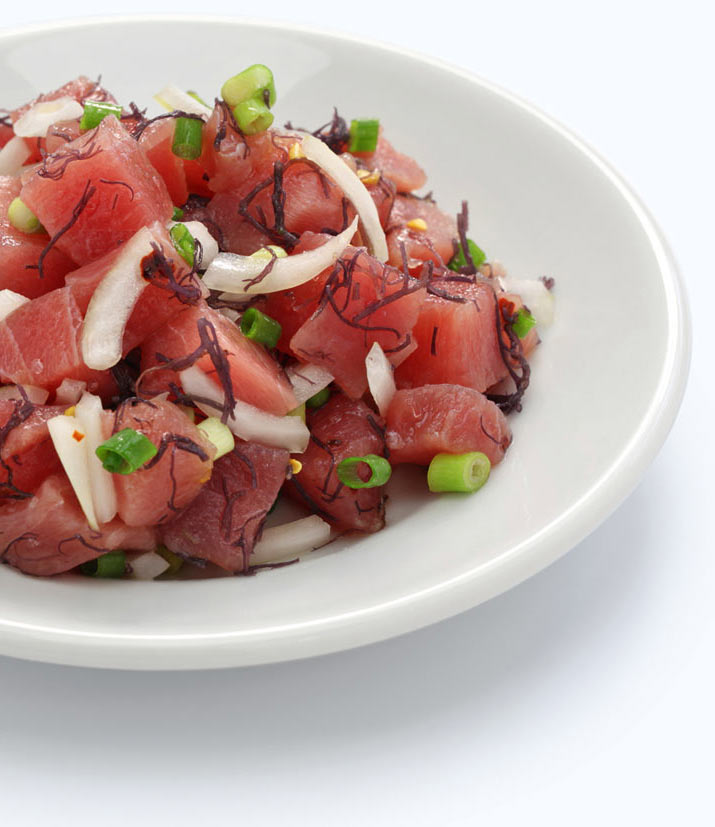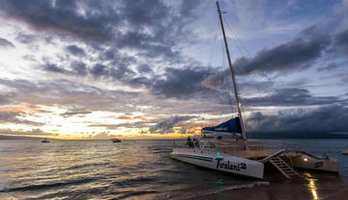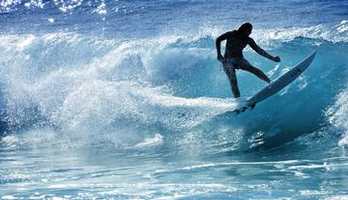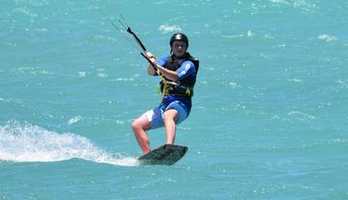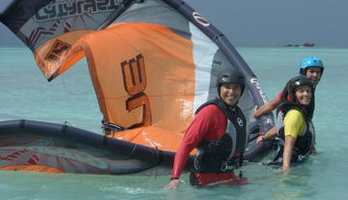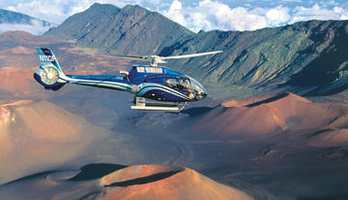The second-largest Hawaiian Island, was formed by two volcanoes, creating an isthmus between them. The West Maui Mountains, remnants of the older volcano, boast dense wilderness, deep valleys, and clouds veiling the mountaintops. The younger Haleakala volcano stands over 10,000 ft. high and offers excellent snorkeling opportunities with vibrant coral reefs and abundant marine life, including sea turtles and dolphins. Maui is renowned for its whale-watching, as humpback whales frequent the Au'au Channel off the northwestern coast during winter. Lastly, when visiting Maui, You have to take the Hana Highway, often called the “Road to Hana” that runs along the east coast of the Island with many hairpin turns through the mountains and past black sand beaches and spectacular waterfalls.
Exploring the markets and restaurants around Kailua, you’ll find many dishes inspired by local ingredients - we particularly enjoy Poke. Influenced by Japanese and other Asian cuisines, Poke originated from local fishermen that would season their cut-offs from the catch of the day and serve it as a snack. Traditionally, Poke is raw tuna or octopus mixed with various seasonings like: soy sauce, green onions, and sesame oil. It can also be enjoyed around the Hawaiian islands with other seafood like salmon or shellfish.
Read MoreFor the perfect end to your day on Maui, take a sunset Maui dinner cruise aboard the "Teralani 2". As the sun sets, you'll see some of Maui's most beautiful sights from the water. This Maui dinner cruise is great for a romantic evening out on the beautiful Hawaiian waters!
Develop your skills during this 2-hour surfing lesson on Maui's south shore. Tackle bigger and tougher waves with the help of a professional instructor as you explore a 20-acre marine park offering a variety of surf breaks suited for those of all skill levels. Go further and challenge yourself on a world class beach in a tropical paradise.
This 3-lesson course includes 9.0 hours of private kiteboarding instruction spread over three days. This is a discounted package. This course is the fast track into the sport for people with a limited amount of time. This course is ideal for people with some prior watersports experience. The days need not be consecutive.
Standup Paddleboarding (SUP) is lots of fun. We begin on flat water, where you can get your balance on the oversized boards. Stand-up boards are larger and more stable than surfing longboards, which makes them stable. We show you the basics and then take you on a short guided tour of the area.
Lean how to windsurf, with our friendly instructors. Our instructors can hold onto your board and stabilize it for you as you first get going. They also give you constant feedback and encouragement to help you progress, then you can go solo a little further from shore, where our Instructors can show you some more advanced skills.
Families or couples that want to play together can take the group kiteboarding lesson. This option is good if you have a little more time available. Students can share the experience together, and will learn at a relaxed pace. Shared lessons are great for team building, which is an advantage for future kite buddies.
Learn to surf during this 2-hour lesson for beginners on Maui's south shore. Gain a new appreciation for Hawaii's national sport with the help of a professional local surf instructor. Our small classes make the learning easy, fun and personable. Our South Shore location is the best spot on the island to learn the sport. We have a range of surfboards to choose from and also provide reef shoes and a lycra rashguard. You are guaranteed to surf in this class!
Covers the most requested points of interest - Haleakala Crater, Oheo Gulch, (often mistakenly referred to as Seven Pools), Hana Town, Hana rainforest and the rugged shoreline of Northeast Maui. (see tour options: ECO-Star and A-Star)
Cheap Maui Flights from WayAway.com
Maui Hotel Deals from Trivago.com
Vacation Rentals from VRBO
Find a Rental Car from RentalCars.com
